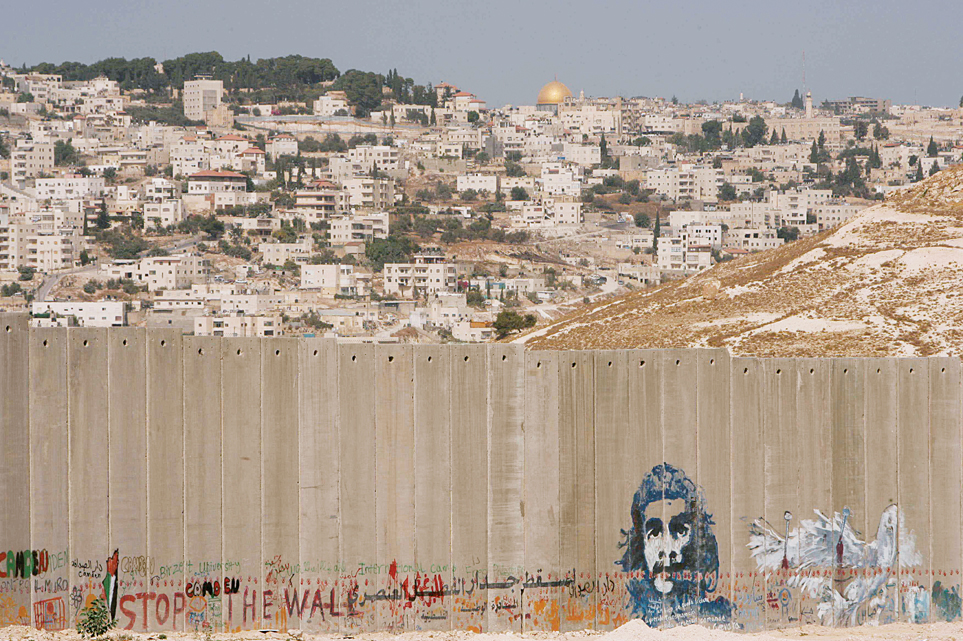A History of World Societies:
Printed Page 998
A History of World Societies Value
Edition: Printed Page 1011
The Palestinian-Israeli Conflict
After the 1973 war, the United States recognized the need to become more actively involved in the Middle East. Peacemaking efforts by U.S. president Jimmy Carter led to the Camp David Accords in 1979, which normalized relations between Israel and its neighbors Egypt and Jordan. The accord included the return of the Sinai Peninsula to Egypt — the first successful realization of the UN “land for peace” formula. With the prospect of border wars between Israel and its neighbors diminished, political attention turned to the conflict between Israel and Palestinian nationalist organizations. Tensions between Syria and Israel shifted from their border into Lebanon, where Syria backed the militia Hezbollah, or Party of God. Hezbollah condemned the 1978 and 1982 Israeli invasions of Lebanon aimed at eradicating the Palestine Liberation Organization’s control of southern Lebanon, and had as one of its stated objectives the complete destruction of the state of Israel.
In 1987 young Palestinians in the occupied territories of the Gaza Strip and the West Bank began the intifada, a prolonged campaign of civil disobedience against Israeli soldiers. Inspired increasingly by Islamic fundamentalists, the Palestinian uprising eventually posed a serious challenge not only to Israel but also to the secular Palestine Liberation Organization (PLO), long led from abroad by Yasir Arafat. The result was an unexpected and mutually beneficial agreement in 1993 between Israel and the PLO. Israel agreed to recognize Arafat’s organization and start a peace process that granted Palestinian self-
The peace process increasingly divided Israel. In 1995 a right-
Failed negotiations between Arafat and Israel in 2000 unleashed an explosion of violence between Israelis and Palestinians known as the Second Intifada. In 2003 the Israeli government began to build a barrier around the West Bank, which met with opposition from Israelis and Palestinians alike.

The death of Yasir Arafat, the PLO’s long-
Immediately after the Hamas victory, Israel, the United States, and the European Union suspended aid to the Palestinian Authority, the governing body of the West Bank and Gaza Strip established by the 1994 peace agreement. Since then, economic and humanitarian conditions for Palestinians living in the Gaza Strip have deteriorated. In 2010, 63 percent of the 1.5 million citizens of Gaza lived below the United Nations–